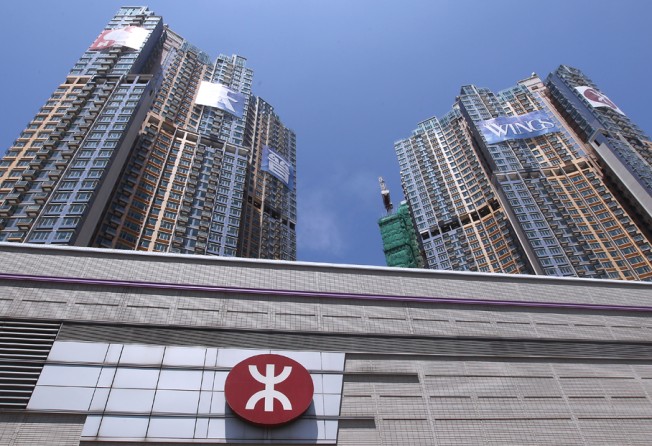MTR's rail-property development model not for all
Transport firm's way of building metro network good for HK at a time it was undergoing rapid growth and not to already developed areas now

MTR wants more overseas projects, especially on the mainland, where it is promoting its rail and property model as a solution to debt-laden railway businesses.
SCMP, August 3
So who can fault me for saying that MTRC stands for Modern Town Redevelopment Company when our metro system's finance man, Lincoln Leong, himself pushes this line?
You have to expect it. Every time the MTR finishes a new project, with ribbon-cutting speeches made and the champagne drunk, the boys all clap each other on the back and say: "Wow, that was fun. Let's do it again."
But there is no immediate prospect of doing it again once the South Island line is finished. Only short spur lines in already built-up areas are left on the plans, along with lines that the company will operate but is not building. Tut, tut, tut, how sad, all that rail and property model experience going to waste.
It is just as well. The rail and property model was never anything but a delusion to which only Hong Kong bureaucrats could be subject. It traded on the odd notion that you cannot assign a value to property until you actually dispose of it.
Thus if you give the MTR the land above its stations, these sites suddenly and magically acquire value and the proceeds cover the cost of building the railway lines. Ain't magic wonderful? We got the MTR for free.
Did it ever occur to our mandarins that development land is the most valuable treasure in our public purse and that they might raise even more money if they sold these sites at auction? To my mind, there never was one of those "win-win situations" of which they talk so much, but just a convoluted way of doing things when a simpler way would have done.
It got even sillier at times. When Donald de Bowtied, as financial secretary, decided to float the MTR on the stock market, he said he could value it at HK$100 billion because that was how much had gone into building the network at the time.
The investment bankers soon told him otherwise. The fares had been set so low that profits would allow a valuation of only HK$25 billion at best. Donald's solution: Take a big piece of reclaimed mud at Yau Ma Tei, lift all building restrictions, and pass it on to Sun Hung Kai Properties as an MTR joint venture.
Donald swiftly got his HK$100 billion and we got that grim fortress ring of blocks, which so darkly overhangs what is now to be the West Kowloon Cultural Centre. Saved face trumps sound finance.
The rail-property model has other faults. It inevitably favours rail construction above new development areas, where there is plenty of available land and none quite so valuable as right over the rail station that provides the primary transport link.
But it is not quite so suited to already densely developed areas that, in other cities, may be most in need of a metro system. It also distinctly disfavours the creation of hubs. The first rail line to the hub gets the station land and the builders of the next line then argue for another hub for themselves.
Put another way, the rail-property model sufficed for a high-growth period of Hong Kong's history, while this city was expanding rapidly. These conditions may not obtain in the future and they certainly do not obtain in many cities to which the MTR may want to apply them. This is a Hong Kong model. It does not necessarily ship well.
Most of all, I can picture the raised eyebrows of city officials on the mainland who are first told by Mr Leong that he has a cost-free way of building them a metro and then tells them what it involves.
Does he really expect them to be ignorant of the commercial value of their prime inner city developments sites? Does he really think them so backward that, as he claims: "On the mainland, most of the space above railway stations and depots is empty because it is not easy to put up a building without expertise and know-how."
I rather think that this sort of condescension will cost him dear.